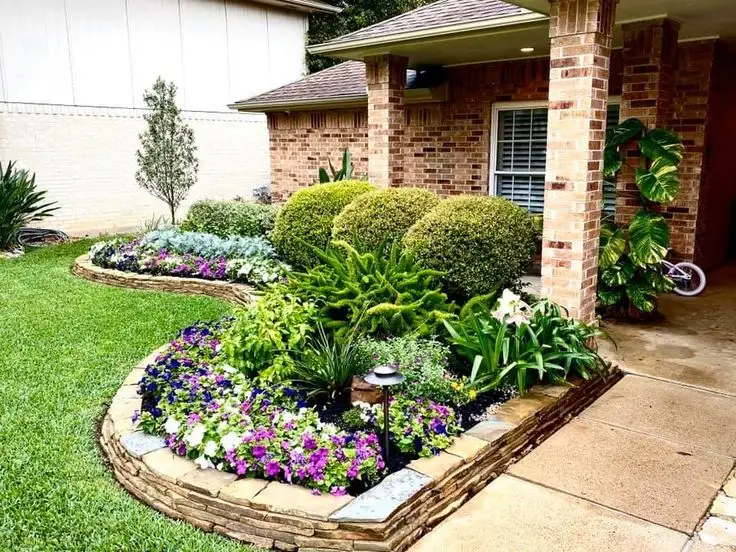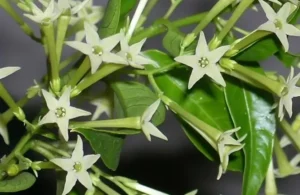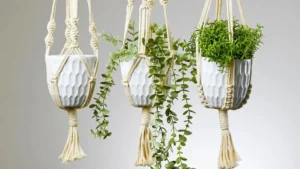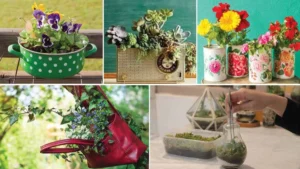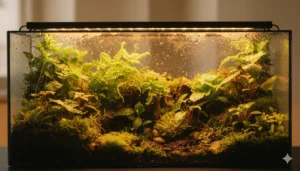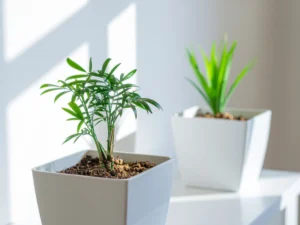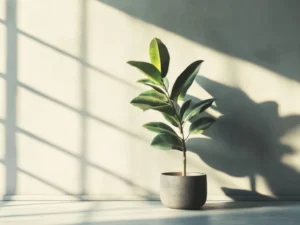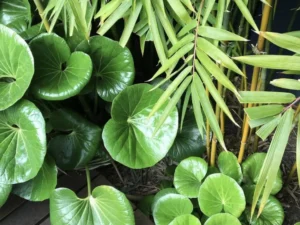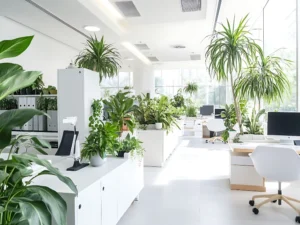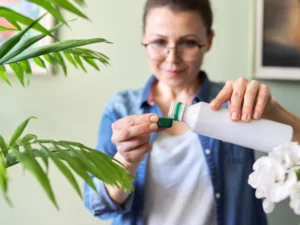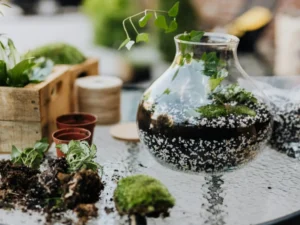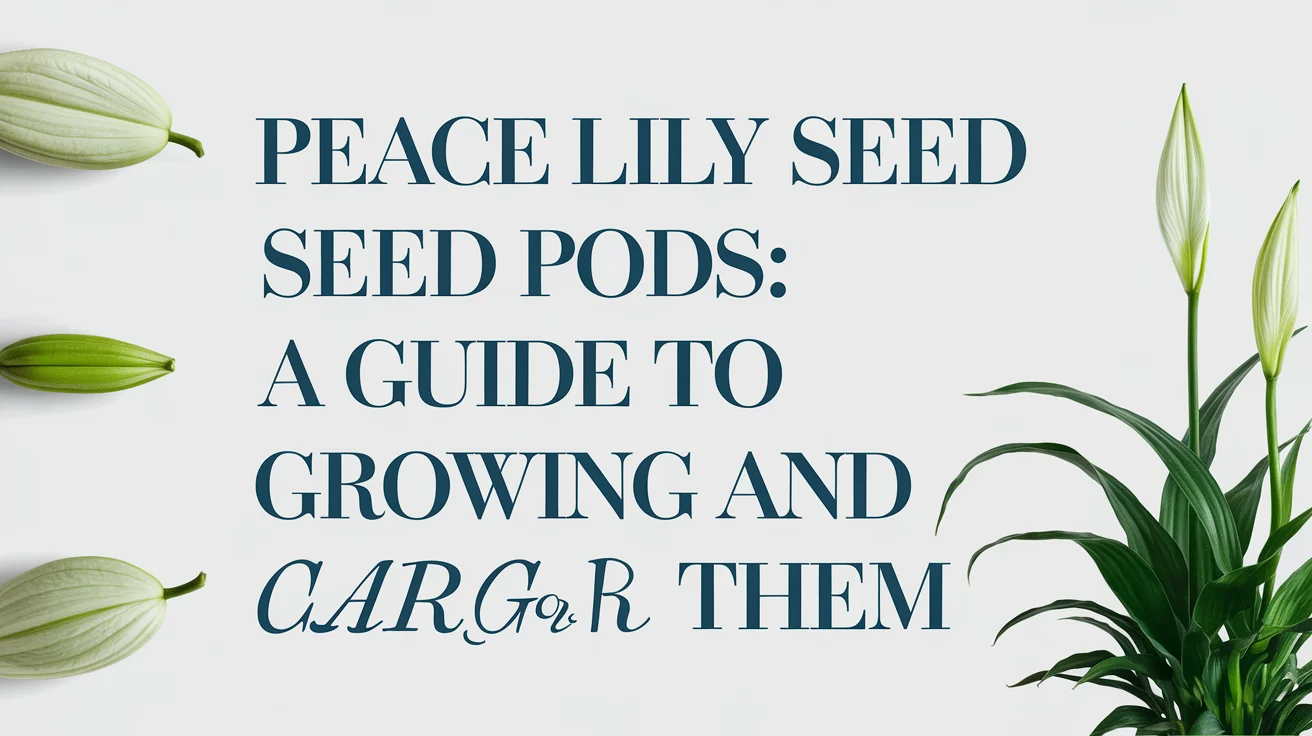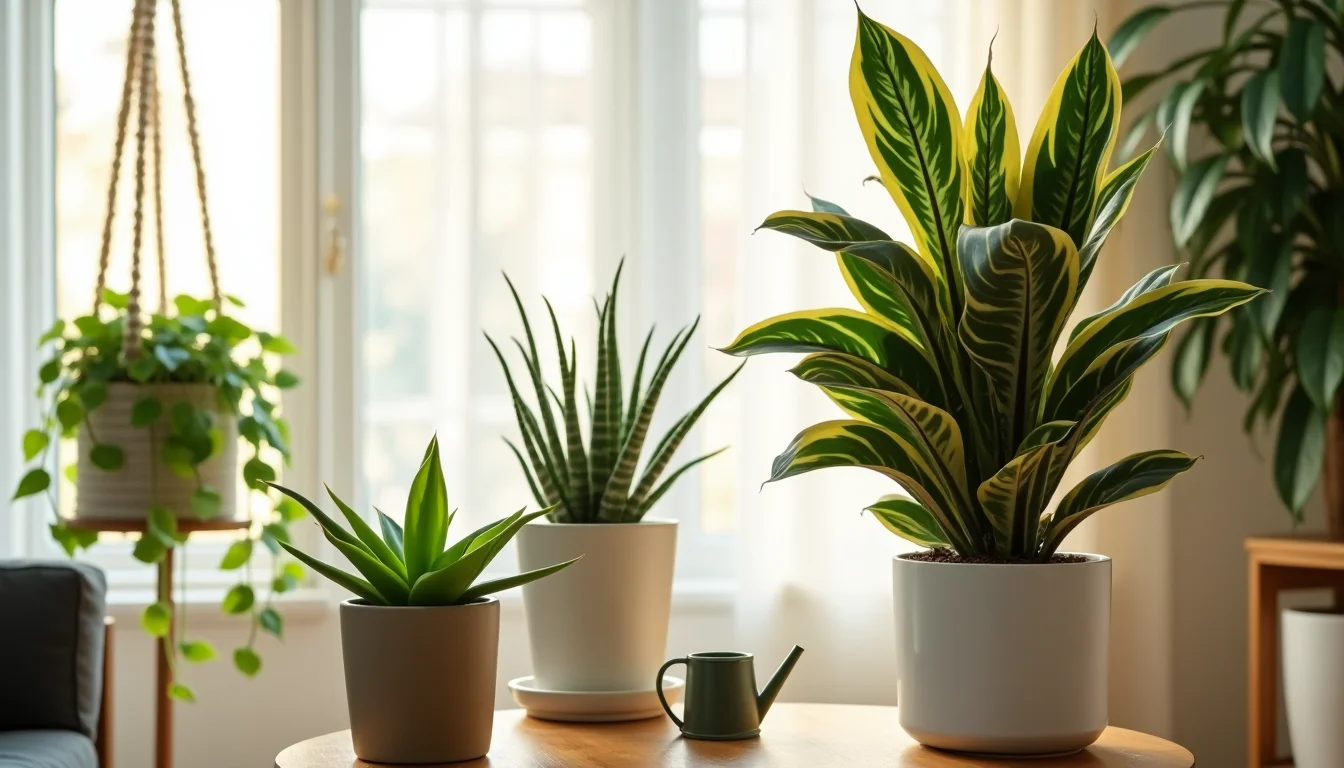Choosing the right plants for front of house can completely transform your home’s exterior. The right combination of textures, colors, and forms not only enhances curb appeal but also creates a welcoming environment. Whether you’re designing a minimalist modern space or a lush cottage garden, strategically placed greenery can make a powerful first impression.
In this guide, we’ll explore the best plants for front of house from low-maintenance shrubs to colorful blooms while also giving you expert design tips to help your outdoor space shine.
Why Plants for Front of House Matter
Your front yard is the first thing people notice. Plants act like natural décor that reflects your style, boosts property value, and softens architectural lines. Moreover, greenery can frame your entrance, define pathways, and even provide privacy.
Additionally, using plants that thrive in your climate reduces maintenance and water usage making your home both beautiful and eco-friendly.
Top Plants for Front of House Appeal
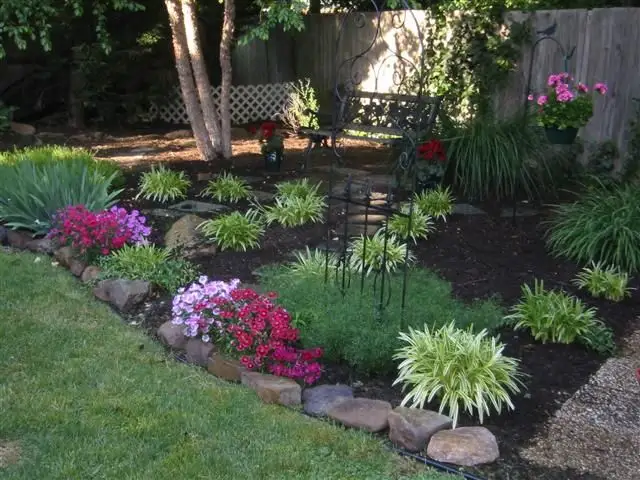
Let’s explore some stunning and versatile plant options perfect for the front of your house.
1. Boxwood Shrubs
Boxwoods are timeless classics. Their neat, compact shape makes them ideal for borders, pathways, and entryways. Because they can be pruned into various shapes, they offer design flexibility for both formal and modern styles.
Furthermore, boxwoods stay green all year long, ensuring your front yard looks lush in every season.
2. Hydrangeas
Hydrangeas add a romantic touch with their large, colorful blooms. Available in shades of blue, pink, and white, they instantly brighten up any landscape.
With proper watering and partial shade, hydrangeas can thrive for years, offering beauty without requiring constant care.
3. Lavender
If you want a plant that looks beautiful and smells amazing, lavender is a perfect choice. The silvery-green foliage and purple flowers complement stone walkways or white façades wonderfully.
Besides, lavender attracts pollinators and repels pests, which means it’s both decorative and practical.
4. Japanese Maple
For homes with more space, Japanese maple trees make stunning focal points. Their vibrant red or orange leaves provide contrast and texture against green lawns or neutral siding.
Although they require occasional pruning, their beauty is well worth the effort.
5. Ornamental Grasses
Ornamental grasses bring motion and texture to the front yard. Varieties like fountain grass or blue fescue are low-maintenance and drought-tolerant.
In addition, they pair well with flowering perennials, adding depth and visual balance to your landscaping.
6. Roses
Roses are classic and elegant. Planted near pathways or front porches, they offer fragrance and timeless charm.
Opt for disease-resistant varieties like Knock Out roses, which bloom repeatedly and require minimal upkeep.
7. Evergreen Shrubs
Evergreens like holly, juniper, or yew keep your exterior vibrant even in winter. Their rich hues and dense foliage can be used for hedges or foundation planting.
Because they’re long-lasting, they provide structure and balance to your garden year-round.
Design Tips for the Perfect Front Yard Landscape
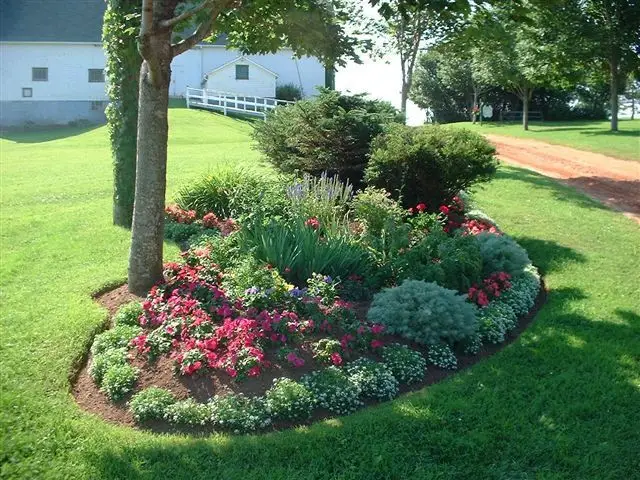
A beautiful garden doesn’t happen by accident. Follow these design principles to ensure harmony and visual appeal.
Balance and Symmetry
When arranging plants for front of house, symmetry can make a big impact. Flanking the entrance with matching planters or shrubs creates a sense of order and elegance.
However, asymmetrical arrangements can also work well for modern or naturalistic designs—especially when balanced with varying heights and textures.
Layering for Depth
Use a mix of tall, medium, and low-growing plants to add depth. For example, place taller shrubs like hydrangeas at the back and fill the front with ground covers such as creeping thyme or hostas.
This layered approach makes your space appear fuller and more dynamic.
Color and Seasonality
Choose plants that bloom in different seasons to maintain visual interest year-round. Combine evergreens for winter color, spring bulbs for freshness, and summer perennials for vibrancy.
Moreover, select colors that complement your home’s exterior soft pastels for light façades or bold reds and yellows for neutral walls.
Use Containers Strategically
For small spaces or porches, potted plants can add life without overwhelming the area. Container gardens with a mix of foliage and flowers can be rotated seasonally for fresh looks throughout the year.
Additionally, pots make maintenance easier and allow for experimentation with different plant types. For instance, learning how to replant Aloe Vera in containers can help you maximize space and keep your plants healthy throughout the year.
Learn how to replant Aloe Vera here.
Low-Maintenance Plants for Busy Homeowners
If you don’t have much time for gardening, go for hardy, low-maintenance options.
-
Hostas thrive in shade and come in various leaf colors.
-
Daylilies bloom beautifully and can survive with minimal care.
-
Succulents such as hens and chicks offer texture and color while needing very little water.
Transitioning to drought-tolerant landscaping also reduces water bills while keeping your front yard appealing.
Sustainable Landscaping Ideas
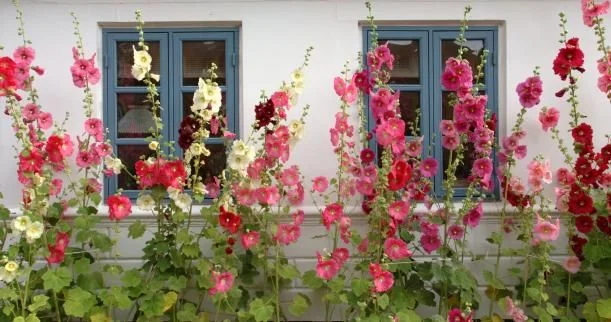
Creating an eco-friendly front yard not only benefits the planet but also makes your garden easier to maintain.
Consider:
-
Installing drip irrigation systems to conserve water.
-
Adding mulch to retain moisture and reduce weeds.
-
Planting native species that thrive naturally in your climate.
These small choices lead to long-term rewards, both aesthetically and environmentally.
Frequently Asked Questions (FAQs)
What are the best low-maintenance plants for the front of a house?
Boxwood shrubs, lavender, and ornamental grasses are top choices for low-maintenance landscapes. They require minimal care while maintaining visual appeal all year round.
How do I choose plants that match my home’s exterior?
Select colors that complement your house’s siding or trim. For example, cool-toned flowers like blue hydrangeas suit white or gray homes, while warm-toned plants like marigolds pair beautifully with beige or brick façades.
Can I mix flowering plants with evergreens?
Absolutely! Mixing evergreens with seasonal bloomers creates a balanced and dynamic look. Evergreens provide structure, while flowers add bursts of color throughout the year.
What plants can survive in full sun in front yards?
Lavender, daylilies, and ornamental grasses thrive in full sun conditions, making them perfect for bright, open front spaces.
Conclusion
Your front yard is your home’s introduction to the world so make it memorable. By choosing the right plants for front of house, you can create an inviting, stylish, and easy-to-maintain outdoor space. Moreover, these plants can enhance your home’s first impression while also adding long-term value.
Therefore, it’s important to plan your layout carefully and, furthermore, select species that complement your home’s architecture. In addition, consider color balance and plant height for a cohesive design. However, avoid overcrowding by giving each plant enough room to grow.
For instance, hardy and low-maintenance options like Aloe Vera can thrive both indoors and outdoors, offering a clean, modern look while being simple to care for—learn more about growing Aloe Vera indoors here.
For example, mixing evergreens with seasonal flowers ensures year-round appeal. Additionally, using native plants reduces maintenance and conserves water. Consequently, your landscape becomes both sustainable and beautiful.
With thoughtful design, color harmony, and sustainable choices, your home will undoubtedly exude charm all year long. Start planting today and finally, transform your curb appeal into a true reflection of your personality and style.

